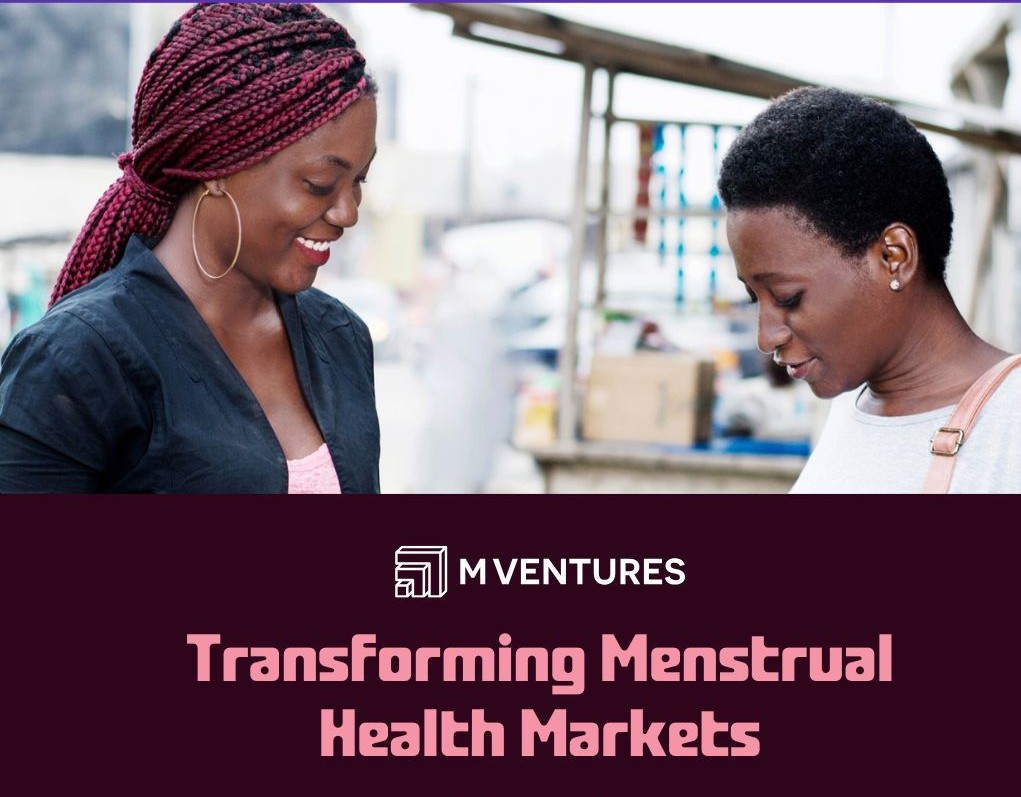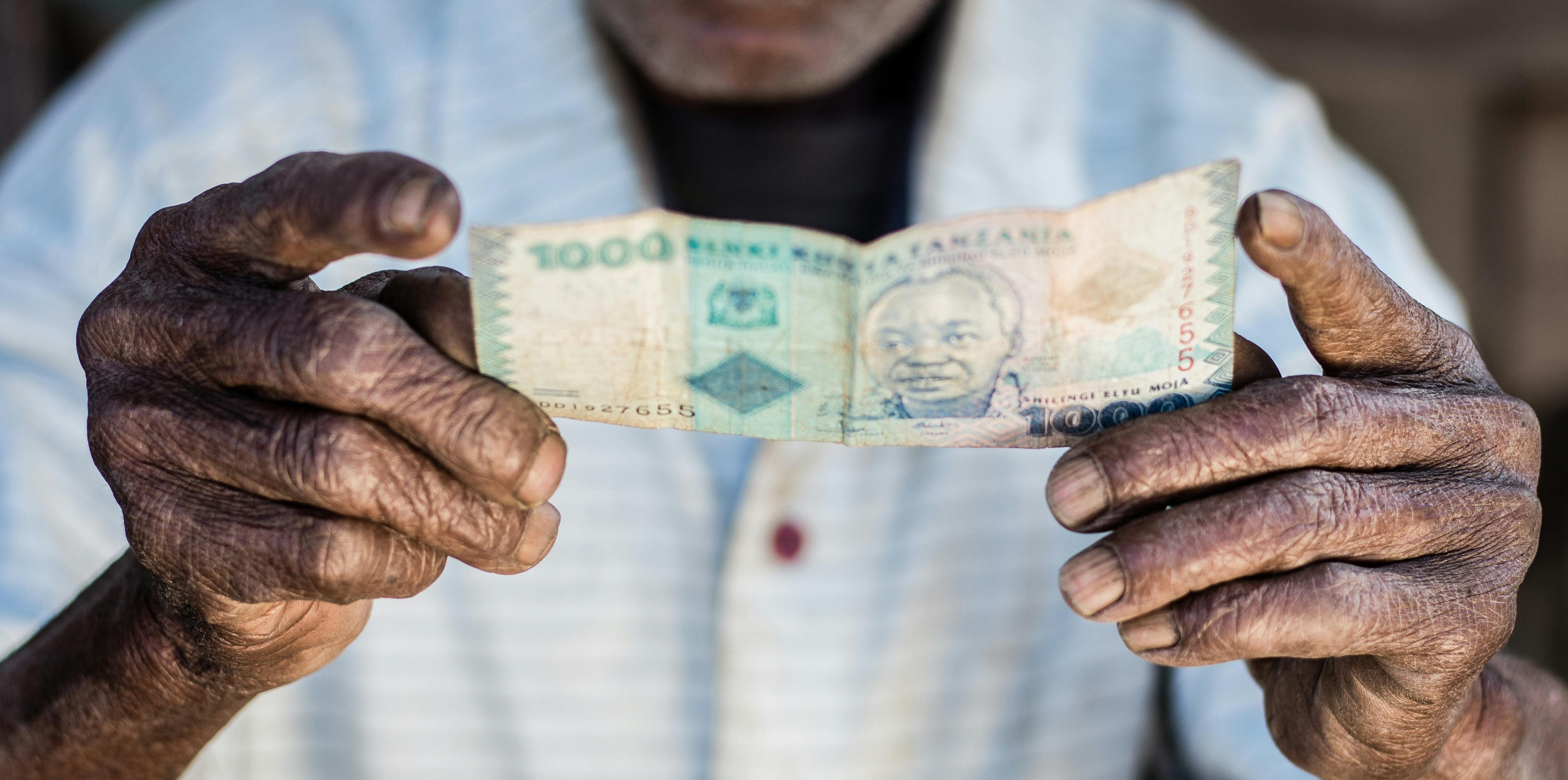
New SHF-RHSC partnership aims to improve understanding of the menstrual health market and better support trade flows in LMICs

There is growing recognition of the potential of a thriving menstrual health market to provide life-changing access to safe, quality and affordable menstrual products for women and girls everywhere. However, entrenched market barriers remain. In particular, Harmonized Systems (HS) codes for menstrual products are lacking, making it almost impossible to monitor trade flows and market gaps. Through a new partnership with the Reproductive Health Supplies Coalition (RHSC), the UN’s Sanitation and Hygiene Fund (SHF) aims to address this fundamental gap.
The market for menstrual health products in Low- and Middle-Income Countries (LMICs) is worth over USD 28 billion. However, with over 600 million women and girls in LMICs presently relying on makeshift solutions such as toilet paper and cloth to manage their period, it is evident that there are persistent barriers that need to be overcome.
“To create structural change, we need partnerships that address the lack of reliable market and trade data, the absence of basic trading codes, and the need for quality standards for producers, traders and users”, says Sue Coates, Deputy Executive Director, SHF and Lead for Capital M. “Through our collaboration with RHSC, we aim to improve the understanding and address some key barriers that the menstrual health market is currently facing, especially in LMICs”.
Creating dedicated HS Codes to support a thriving menstrual health market
The international trade system is built on a set of codes known as the Harmonised Commodity Description and Coding System (HS), or the Harmonised System. This comprehensive classification system covers approximately 5,000 product categories and is used by more than 200 countries and territories as the basis for customs tariffs, product classification and certification, and to collect trade data. It allows economic operators, custom officials and legislators from any country to identify the same product by means of a numerical code. Unless one is looking to identify menstrual products, of course.
Despite more than 1.8 billion people menstruating every month globally, the world has yet to devise distinct HS codes for menstrual products, which are currently grouped in the same category as diapers and baby wipes, while innovations such as menstrual cups are not mentioned at all.
Without a dedicated categorization, it is very difficult to understand what products are available in a country, how big the access gap is and what cost drivers and barriers are faced by women and girls. Concretely, it means countries (and businesses) are operating almost in the dark when it comes to understanding the volume of menstrual product use, trade flows and the access gap for women and girls.
But a solution is within reach. The World Customs Organisation (WCO) is in the middle of its 5-year revision process of the HS Codes. If a proposal to revise the HS codes for menstrual products is approved by the WCO member states, this would provide open access to global trade data on menstrual products for every country in the world.
SHF, through its global menstrual health initiative, Capital M is working with several partners, including RHSC to seize this window to start the critical process of creating a new set of dedicated HS codes for menstrual products alongside other essential market building activities.
As a global partnership of public, private, and nongovernmental organizations, RHSC will leverage its extensive expertise in reproductive health supply chains to support efforts to revise HS codes to include dedicated codes for menstrual products.
Creating a thriving menstrual health market
The new partnership between SHF and RHSC represents a critical step toward improving access to essential menstrual products in LMICs.
Beyond advocating for the creation of a new set of dedicated HS codes for menstrual products, this collaboration will include supporting the development of global menstrual health product standards and ensuring an inclusive process where LMICS have a seat at the table, reinforcing SHF’s ongoing efforts with the Swedish Institute for Standards and the Clinton Global Initiative.
Finally, RHSC will help identify the factors influencing the cost of menstrual products such as taxes, levies and tariffs on raw materials and finished products that prevent affordable access.
“Since its inception nearly six years ago, RHSC’s Menstrual Health Supplies Workstream, has grown steadily, increasing data visibility; generating evidence around supply-side factors to menstrual health access; developing key resources related to menstrual product standards; and mobilizing new donor funding to support menstrual health,” says Martyn Smith, Director, RHSC. “SHF has been a vital thought partner to date, and we are excited to strengthen our collaboration. Together, we will address these barriers to menstrual health supply access head-on.”
The partnership is part of SHF’s ongoing efforts to build a thriving menstrual health market under its Capital M initiative that seeks to increase equitable access to quality menstrual products while promoting economic inclusion in LMICs.



